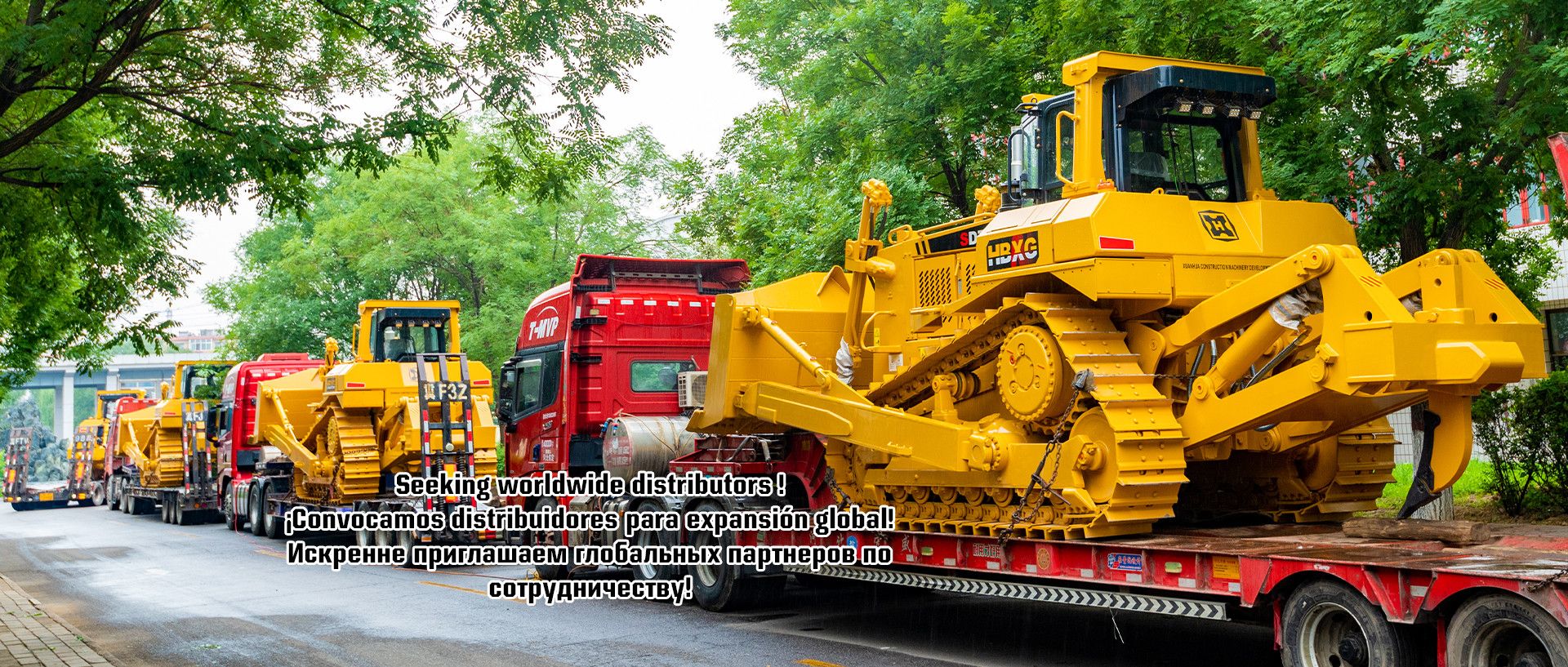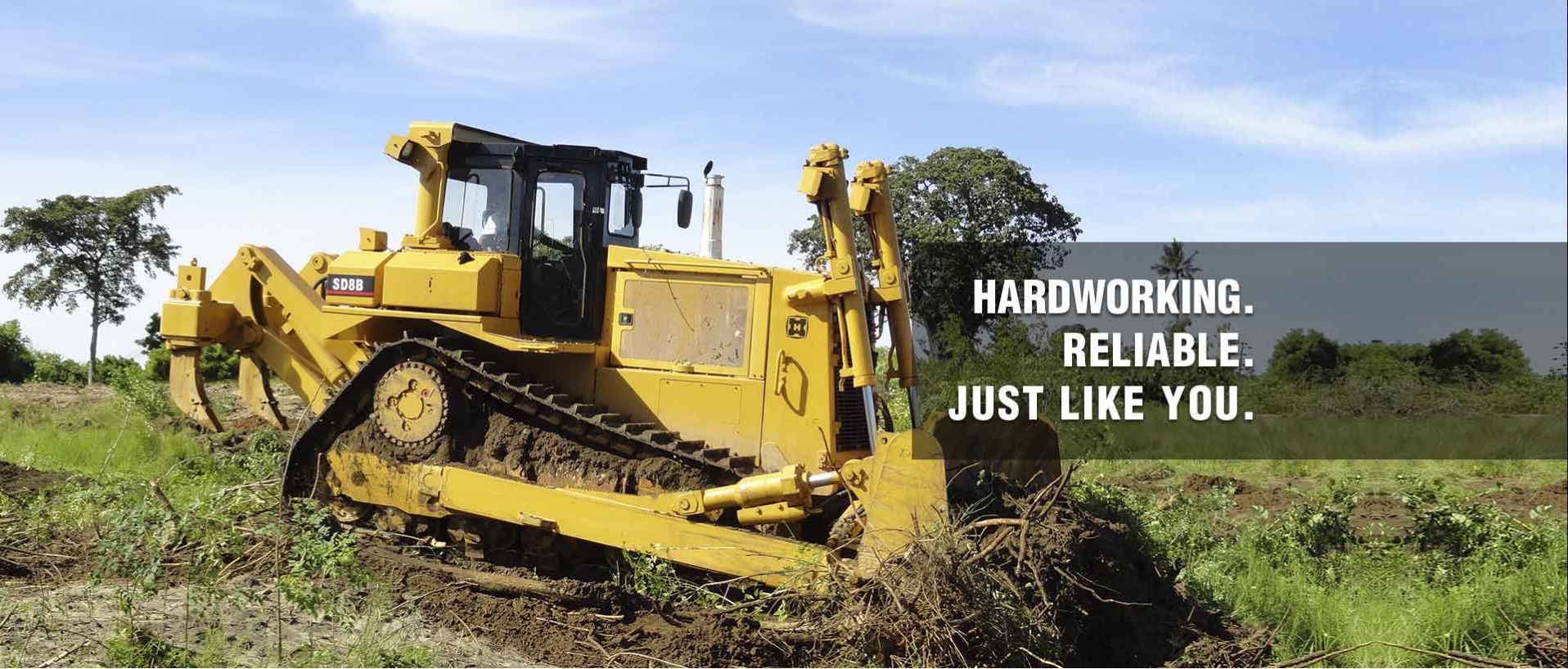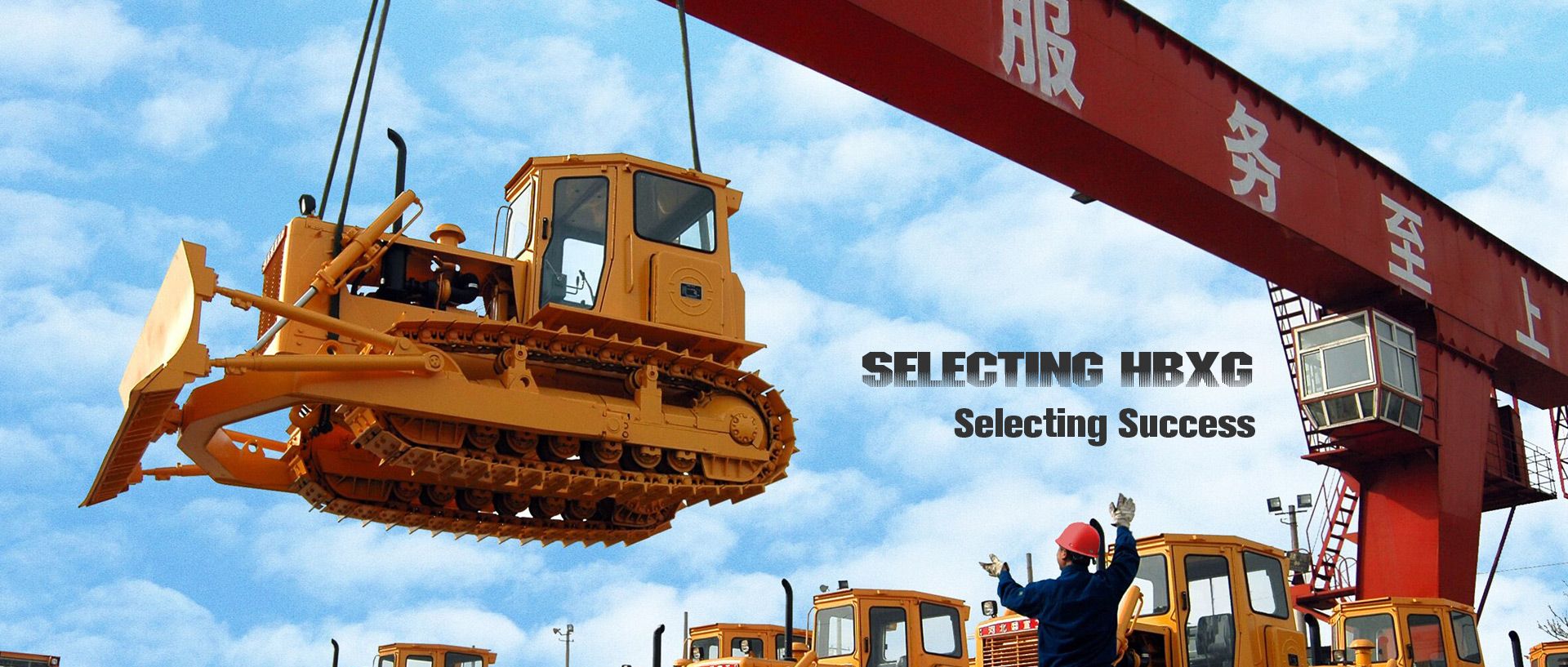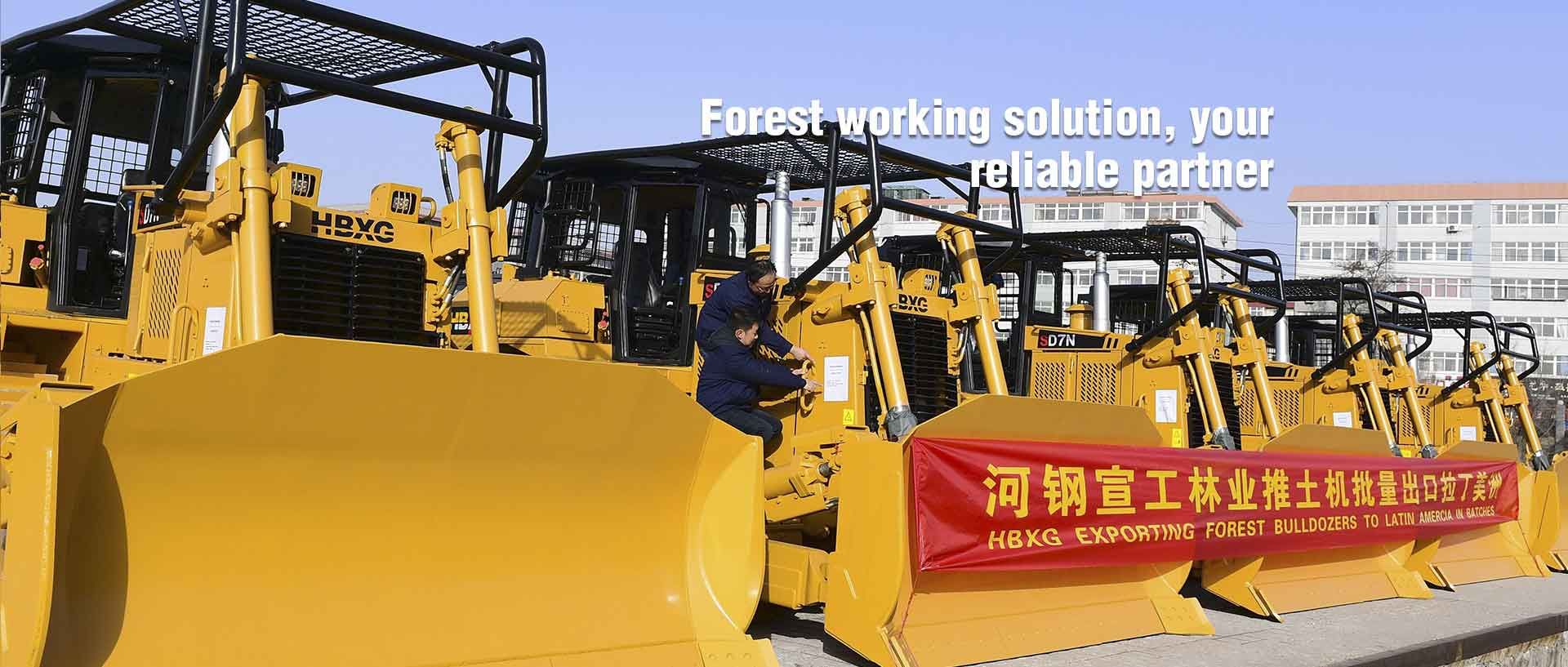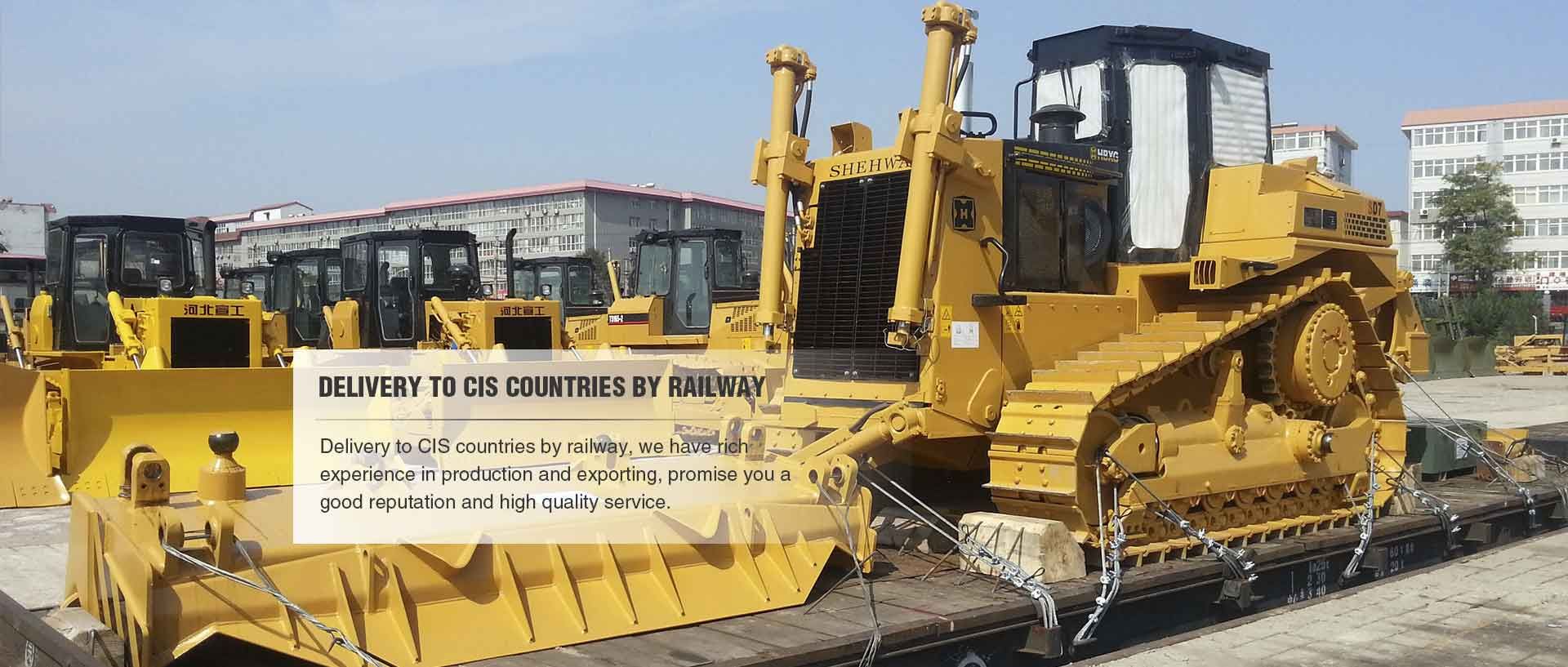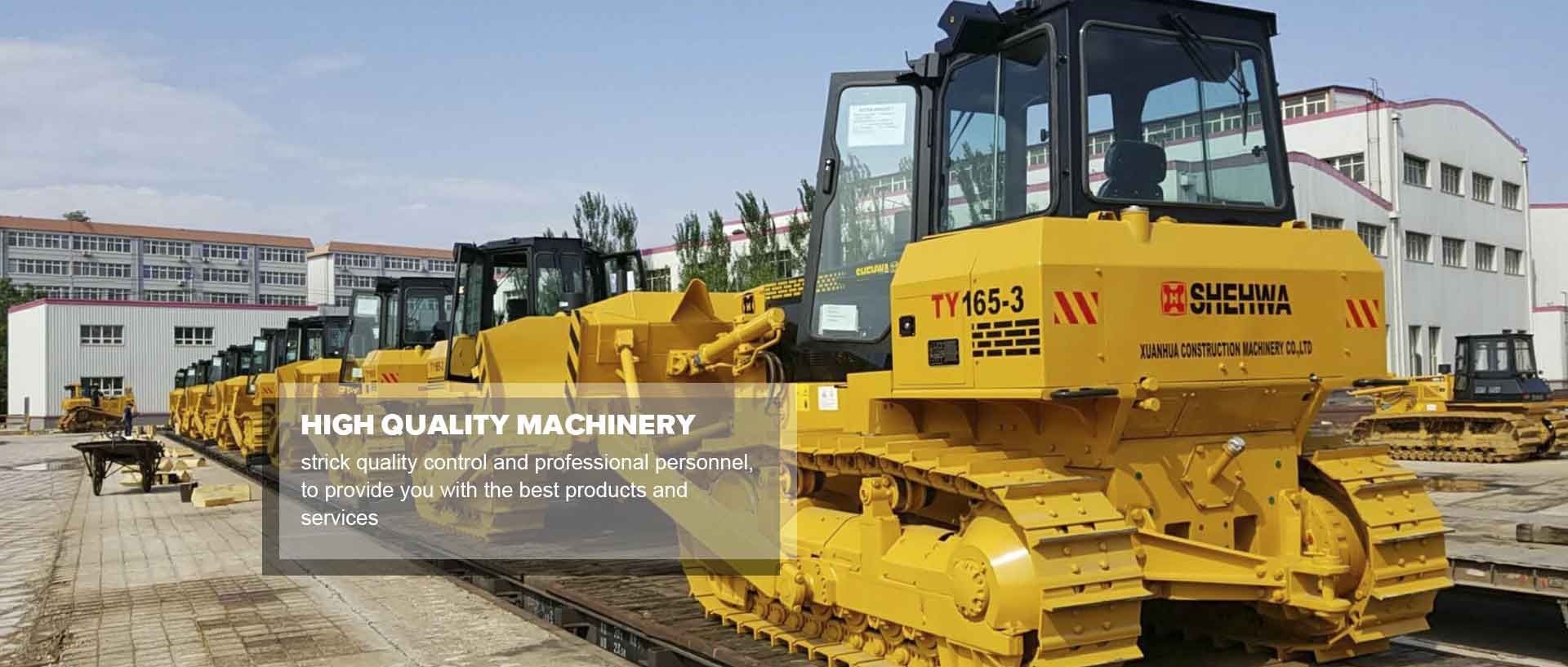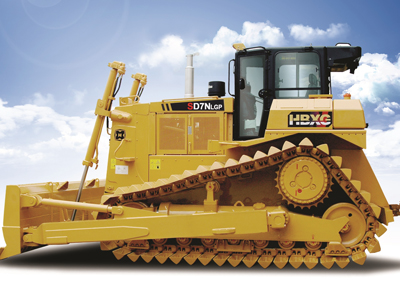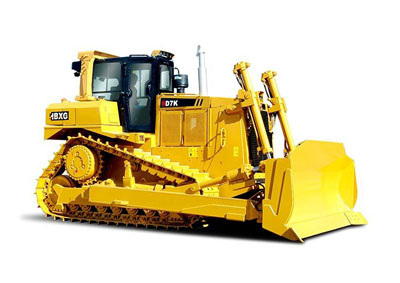How Do I Choose a Bulldozer?
 Apr. 20, 2023
Apr. 20, 2023
Choosing a bulldozer can be a daunting task, especially if you are not familiar with the various models and specifications available in the market. A bulldozer is a heavy-duty machine that is used for pushing and leveling the earth, rocks, and other materials. It is often used in construction sites, mining, and forestry. In this article, we will discuss some important factors to consider when choosing a bulldozer.
Purpose
The first and foremost factor to consider when choosing a bulldozer is its purpose. Different bulldozers are designed for different purposes, and selecting the right one for the job is crucial. If you are working on a construction site, you will need a bulldozer that is suitable for moving heavy materials such as rocks, soil, and debris. However, if you are working in a mining or forestry environment, you may need a bulldozer that can handle steep terrain and rough surfaces.
Size
The size of the bulldozer is another important factor to consider. Bulldozers come in various sizes, from small compact models to large machines that weigh over 100 tons. The size of the bulldozer you choose will depend on the job you need it to perform. If you are working on a small construction site, a compact bulldozer may be the best choice, as it is more maneuverable and can access tight spaces. However, if you are working on a large-scale project, you may need a larger bulldozer that can handle heavy loads and cover more ground in a shorter amount of time.
Power
The power of the bulldozer is also an important consideration. Bulldozers are powered by diesel engines, and the power of the engine determines the machine's pushing and pulling capabilities. The power of the engine is measured in horsepower (HP). The higher the horsepower, the more powerful the machine. When choosing a bulldozer, consider the horsepower, torque, and maximum speed of the machine.
Blade
The blade of the bulldozer is the part that comes in contact with the ground and is responsible for moving the material. Bulldozer blades come in various sizes and shapes, and each blade is designed for a specific purpose. Straight blades are the most common and are suitable for moving large volumes of material. U-blades are suitable for pushing and carrying materials over longer distances, while S-blades are designed for fine grading and finishing work.
Tracks
Bulldozers are equipped with tracks instead of wheels, which provide better traction and stability on rough terrain. The type of tracks you choose will depend on the environment you will be working in. Steel tracks are the most common and are suitable for working on hard surfaces such as pavement, rock, and gravel. However, if you will be working on soft surfaces such as mud, sand, or snow, you may need to consider rubber tracks, which provide better traction and are less likely to damage the surface.
Cab
The cab of the bulldozer is where the operator sits and controls the machine. When choosing a bulldozer, consider the comfort and safety of the operator. The cab should be spacious and well-ventilated, with good visibility of the work area. It should also be equipped with safety features such as a rollover protection system (ROPS) and a falling object protective structure (FOPS).
Maintenance
Finally, consider the maintenance requirements of the bulldozer. Bulldozers are complex machines that require regular maintenance to operate at peak performance. When choosing a bulldozer, consider the availability of spare parts, the cost of maintenance, and the availability of service technicians in your area.
Ready to start your project? Buying the right bulldozer will ensure you have the best power and load-bearing capacity for the job at hand. You can always contact us for a free quote.















